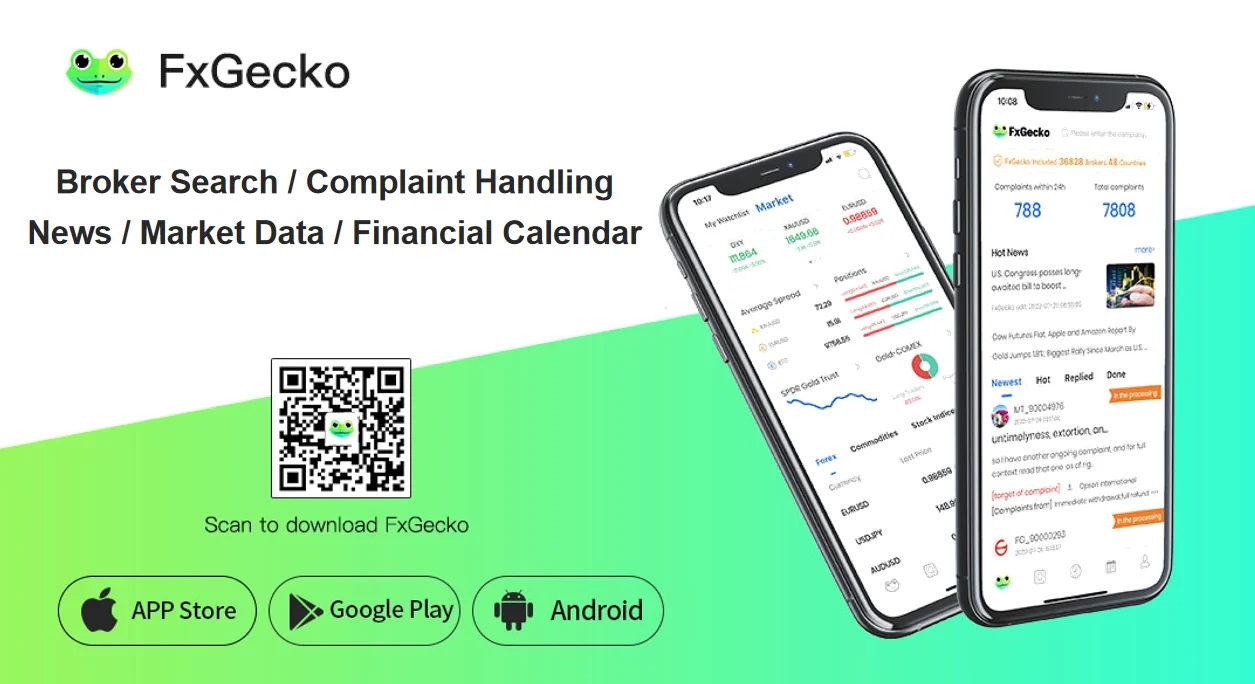Salesforce is a software built on the CRM framework that offers features for using regular apps or building custom apps in the cloud. It encompasses all aspects of relationships with customers that help to develop stronger customer relationships, from advertising to support.
Integrated with customized Salesforce modules and workflows, the growing demands of digital enterprise generate very complicated testing and QA scenarios requiring significant expertise such as regular technology deployments, highly complex code management and versioning, adjustments and development in the computing environment, high-frequency regression cycles and growing automation requirements.
Salesforce testing makes sure all the customizations and system integration is performing impeccably and are carefully checked to avoid data discrepancies, synchronisation problems, and other flaws in order for a company to reap the rewards.
With more regular launches and attempts to transition from Salesforce Classic to Lightning, it becomes difficult to test it extensively enough to avoid bugs, and rapidly enough to reach change targets.
This is why automating Salesforce testing to validate the custom functions and configurations installed on Salesforce, as well as integrations with other systems, is becoming more important than it has ever been.
Choosing an Appropriate Automation Tool for Salesforce Testing
Automation testing is a common method to ensure the consistency of applications and plays a major role in several existing landscapes of dev-ops. Although the cost needed to set up and sustain regression suites, its pace of implementation, accuracy, and versatility meant a lot.
A key element of building a comprehensive and integrated Salesforce automation suite is choosing the right technologies. You can then handle the challenging technical aspects of evaluating the salesforce application with the right combination of technologies.
UI Testing
Whenever the subject of automated testing is discussed, some form of Selenium-based UI testing seems to be the first consideration. This form of research does a great job of handling end-to-end business processes to simulate user engagement with a browser, guaranteeing that users can conclude their key objectives. In fact, UI testing also fits well with behaviour-driven development, a way of communicating human language specifications for product, development and testing coordination.
After all, when it gets to Salesforce, most of those UI elements are created without custom code, out of the box. As your application matures, checking each layout adjustment, new area, or data validation with UI scripts can easily escalate into a huge regression suite.
A few of the greatest risks to the pace of the development pipeline is a lengthy regression sequence, and the impossibility of false-positives and time-consuming servicing weighs down the testers as it develops. When deciding how to test a new Salesforce setup, choose at least 3 different toolsets.
APEX Testing
The freedom to customize your product through a special programming language called Apex is supported by Salesforce. It is generally advised that the Apex code is correctly unit-tested with Apex test classes when developing apps using Apex. In fact, the Apex test courses, including those generated by click configuration, provide a very useful structure for testing greater features.
For instance, let’s make the assumption that you introduced some logic so that your Opportunity item, dependent on some other field input, will show a custom input field after development. It’d be very easy to test through Apex testing levels, and if there’s any custom logic required, you can easily extend the test to cover multiple user inputs.
Since Apex test classes have their own data cleanup, have a specialized execution system, and can be executed on deployment, integrating them into your pipeline takes very little expenditure.
API Testing
To reach their service, Salesforce allows many types of service nodes for the flawless salesforce testing. These endpoints meet current API frameworks such as REST that can be used to navigate specialized Apex functionalities or to connect with items like Case or Account supported by Salesforce. While the out-of-the-box APIs produced by Salesforce must not be checked, some businesses have decided to create their individual APIs with custom procedural code.
If that’s the situation, it is smart to explicitly try the proposed endpoints through tools such as Postman or SoapUI. It enables you to make sure that the API functions as meant, irrespective of who is accessing it.
Script Seleniums
As we described above, the popular UI testing interface is very often reliant on a browser and embodies human language tests. The scripts thrive because a user can enjoy them in testing business workflows, offering end-to-end evaluation across the full software stack.
The design and execution of these scripts is as time consuming as actual feature development using languages such as Javascript or Ruby. It is better to consider seriously about each check you apply to the UI suite, because of the ability and time necessary to write meaningful, accurate, and successful UI tests, and to ensure that it has a good value in the present and the future.
Salesforce on Cloud
With digitization comes ease. Even at the salesforce testing, cloud computing is used with the focus on its main features either it is a service based or sales based cloud. Both types suit the standards of the CRM platform but service cloud is what most commonly used.
Salesforce on Cloud provides a corporate support network for customer relationship management (CRM). Salesforce focused cloud is a prominent CRM platform tool for marketing executives.
In order to help customer support service representatives, the cloud allows users to optimize the service procedures, streamline workflows, and discover key posts, topics and consultants. The goal is to cultivate one-to-one brand awareness through multiple platforms and devices with every client.
Through a number of social networks, the cloud will “listen” to and pay attention to clients and automatically route topics to the relevant agent. The Salesforce Customer Success Platform incorporates social customer support, enabling the social team to collect a detailed image of the customers to guide them to solutions.
When customers enroll with Salesforce products, they have the option to choose between the Sales Cloud and the Service Cloud modules. There is considerable overlap between the two modules.
The Sales Cloud product is used for salesforce testing by businesses that are focused on generating leads, opportunities and sales. Salesforce Service Cloud, however, contains all of the features that Sales Cloud includes, plus additional features for service-oriented businesses with higher support process demands.








Add Comment